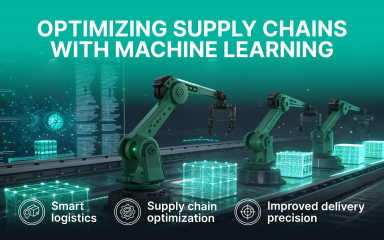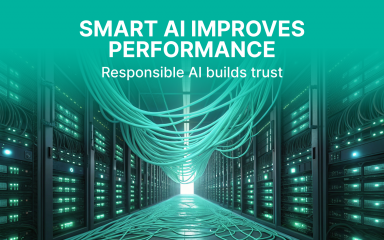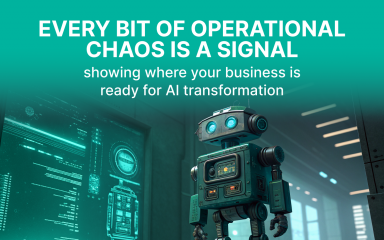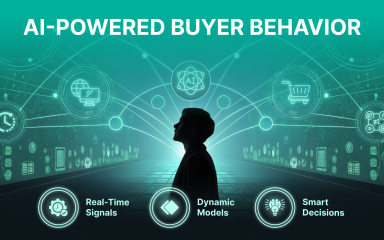The aim of AI is to enable machines to mimic human thoughts and behaviors, encompassing learning, reasoning, and prediction. AI-powered modeling is at the heart of this effort, which forms the basis for constructing automated and intelligent systems.
The aim of AI is to enable machines to mimic human thoughts and behaviors, encompassing learning, reasoning, and prediction. AI-powered modeling is at the heart of this effort, which forms the basis for constructing automated and intelligent systems.
Various techniques are employed to develop such models, crucial for creating intelligent systems applicable across diverse sectors like finance, healthcare, agriculture, cybersecurity, and more.
In the realm of AI demand forecasting models, different types of analytics are utilized — descriptive, diagnostic, predictive, and prescriptive — depending on the problem’s nature and the requirements for its resolution.
Today, our focus is on predictive analytics, which harnesses data to forecast future demand. By analyzing vast datasets, the model identifies recognizable patterns, enabling precise predictions and informed decision-making.
Introduction to Demand Forecasting
Demand forecasting plays a crucial role in supply chain management. It helps businesses anticipate what their customers will need, so they can plan production, manage inventory, and allocate resources more efficiently. In the past, companies relied on manual analysis of historical sales data — a process that was often slow and prone to mistakes. Today, things have changed. Thanks to AI-powered tools, forecasting has become much more accurate and responsive. By using machine learning to sift through large volumes of data, businesses can spot trends, uncover patterns, and make smarter decisions. This not only helps them stay ahead of demand but also improves overall efficiency and competitiveness.
What is AI Demand Forecasting?
Demand forecasting is a complex function based on various factors: customer interests, economic conditions, seasonal trends, and geographic location. Traditional forecasting methods often fail to cope with these influences, but AI in demand forecasting changes the retail landscape dramatically every month.
Data Collection and Integration
Accurate demand forecasting starts with the right data. Businesses need to bring together both internal and external information — like historical sales figures, customer behavior, and market trends — to get a clear picture of what to expect in the future. This is where AI really shines. With the help of machine learning, companies can sift through large amounts of data, find meaningful patterns, and generate smarter forecasts. But there’s a catch: the quality of the data matters. If the information is outdated or incomplete, the predictions won’t be reliable. That’s why it’s so important to keep data accurate, current, and well-organized. AI tools can also streamline the entire data collection and integration process, helping businesses pull insights from multiple sources and build a more complete understanding of their market and customers. The result? Better forecasts and a more efficient supply chain.
Popular AI Demand Forecasting Services
Companies can use their own tools or third-party platforms to forecast demand for data analysis and purchase predictions. There are many demand forecasting AI options available for these services. Some offer a limited list of functions, while others offer an extended list. Below we’ve prepared some examples of such programs.
Microsoft Azure
The Microsoft Azure platform provides an architecture for predictive AI demand forecasting analytics. Use cases include, for example, forecasting demand for a product in a retail or online store, predicting hospital visits, energy consumption, etc.
This solution combines several Azure services to provide actionable predictions:
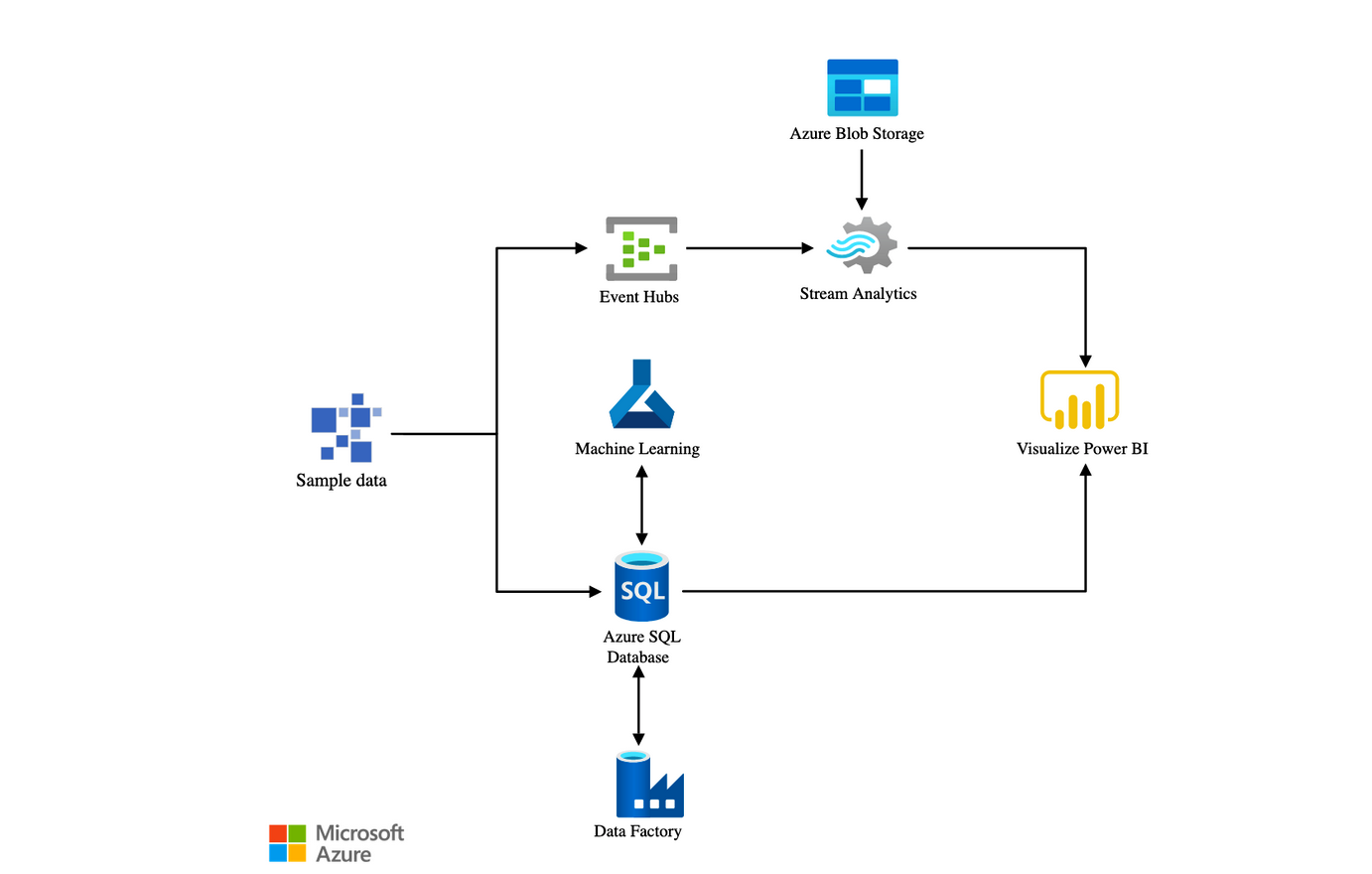 Image Source: Microsoft Azure
Image Source: Microsoft Azure
- Event Hubs collects real-time consumption data.
- Stream Analytics aggregates the streaming data and makes it available for visualization.
- Azure SQL Database stores and transforms the consumption data.
- Machine Learning implements and executes the forecasting model.
- Power BI visualizes the real-time energy consumption and the forecast results.
- Finally, the Data Factory orchestrates and schedules the entire data flow.
IBM Watson Studio
IBM Watson Studio is a cloud platform for developing predictive models that solve internal planning and forecasting problems. It includes various descriptive, diagnostic, predictive, and prescriptive capabilities. IBM Watson is highly customizable and can be trained on specific data sets and models, which allows it to be used to solve different problems.
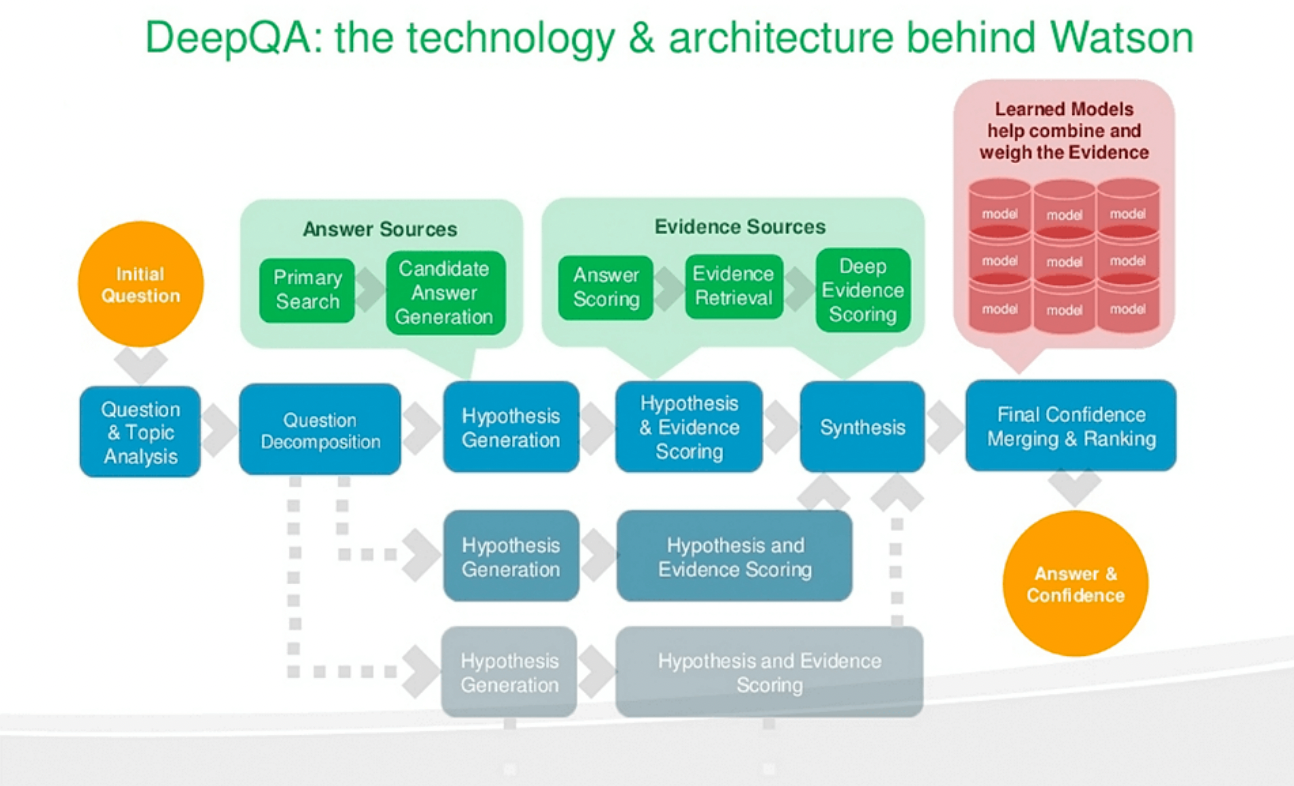
Image Source: IBM
The main components of the IBM Watson demand forecasting system include:
- UIMA (Unstructured Information Management Architecture): A software library developed by IBM and the Apache Software Foundation.
- Hadoop: An open-source framework for processing large volumes of data in parallel on multiple computers, developed by the Apache Software Foundation.
- SUSE Enterprise Linux Server 11: Currently the fastest operating system for the Power7 processor.
- 2880 processor cores.
- 15 terabytes of RAM.
- 500 gigabytes of knowledge bank.
- DeepQA software: Developed by IBM, this software combines machine learning techniques with language processing to create a search engine for answering questions.
With this hardware, the system can compute at an impressive rate of 80 teraflops (trillions of floating-point operations per second). To utilize this capacity, the system accesses 200 million pages of information from a cluster of 90 servers, applying 6 million logical rules to make accurate demand forecasts.
AWS Demand Forecasting
AWS Demand Forecast solution is a fully managed time series forecasting service that uses the same machine learning technology as Amazon.com. It is designed to help businesses optimize inventory, reduce waste, and improve capital utilization. As you can see, the AWS forecasting architecture incorporates nearly 30 different services.
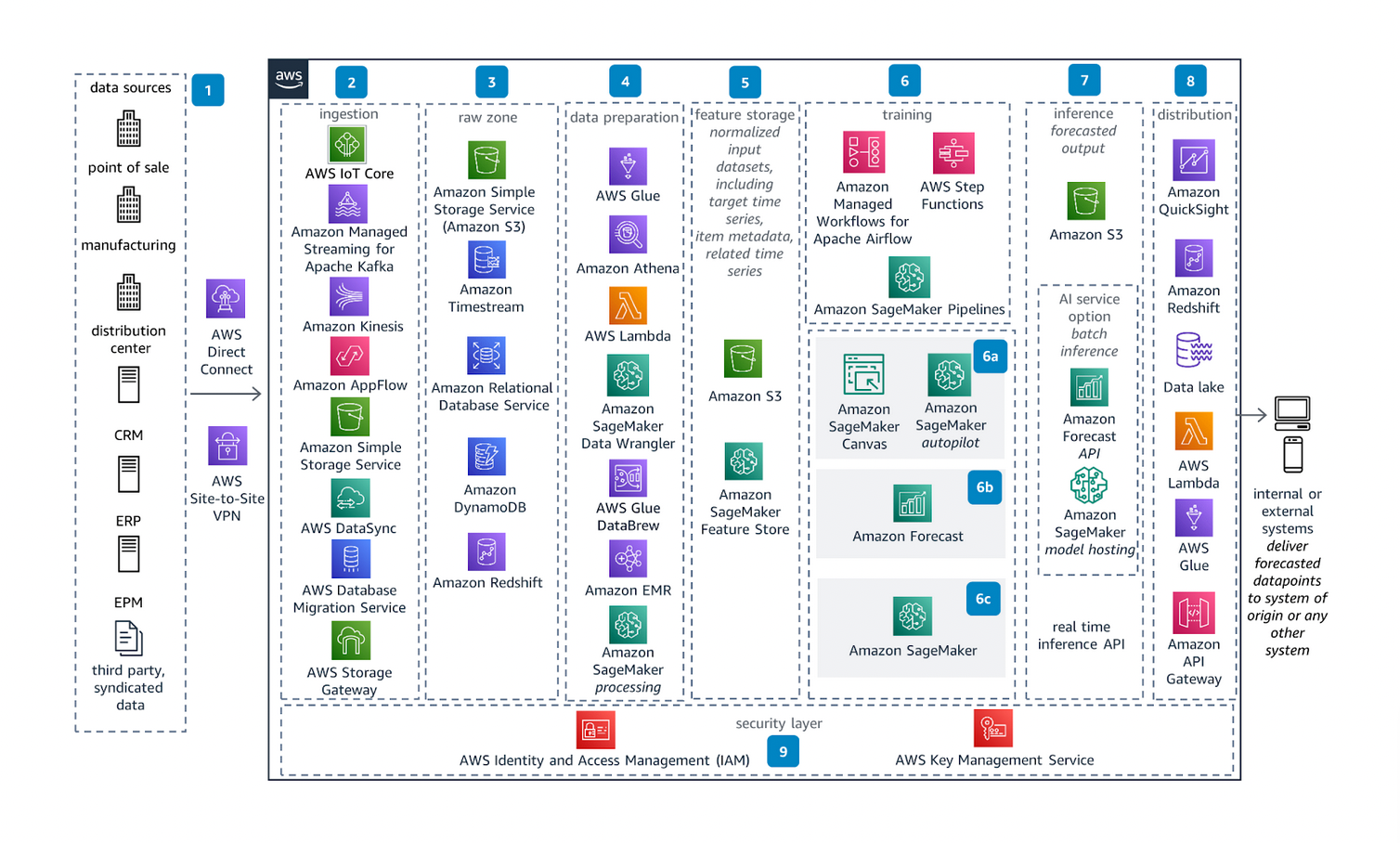
Image Source: AWS
Its architecture consists of a comprehensive data pipeline that begins with data ingestion from various sources (such as point of sale, manufacturing, and CRM) using services like AWS IoT Core and Amazon Kinesis.
This data is then processed, stored, and prepared using tools such as Amazon S3, AWS Glue, and Amazon SageMaker, followed by model training and inference with Amazon Forecast and SageMaker. Ultimately, it delivers forecasted outputs to internal or external systems for actionable insights.
Many large companies, including Google, have their services that can be used to forecast demand. As a rule, all these platforms offer similar functionality for working with artificial intelligence. The difference is in the set of tools: on some platforms, you can create your own models, and on others, you can only use ready-made ones.
Approaches of Using AI for Demand Forecasting
Let’s delve into four primary approaches that leverage AI for demand forecasting and machine learning.
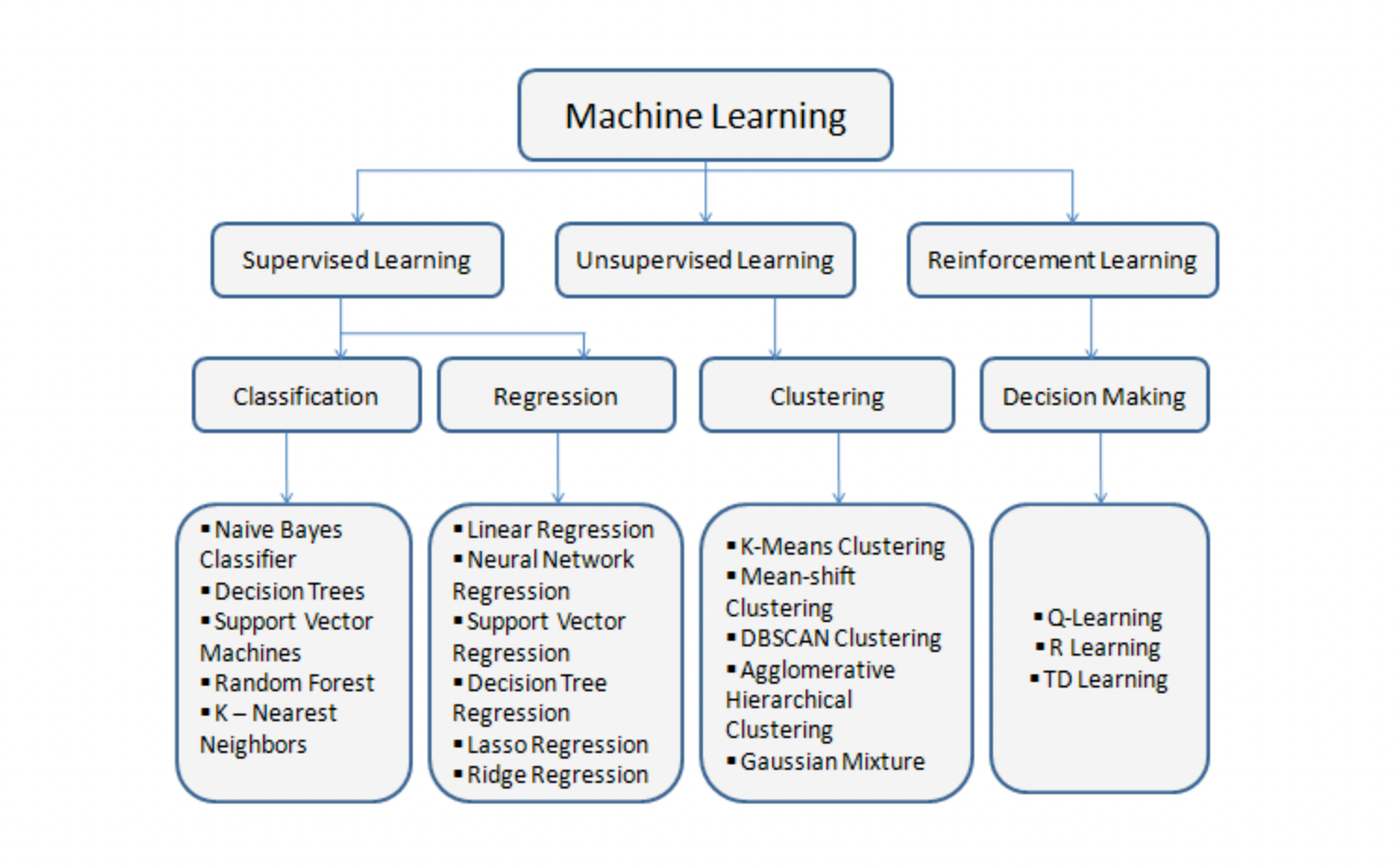
- Classification algorithms. AI based demand forecasting uses many segmentation options. Data can be divided by features: time of purchase, type of product, region of purchase, discounted purchases, etc. By classifying all the information about purchases into groups, you can identify patterns that will help in forecasting demand.
- Clustering algorithms. They are similar to classification methods, but the parameters aren’t set in advance – common features are identified during the analysis. This way, you can discover non-obvious patterns and analyze the factors affecting demand. This method is also suitable for analyzing customer behavior and personalized communication.
- Regression algorithms. This method is suitable for AI demand forecasting based on historical data. Here, it is necessary to compare data from different years or periods. The principles of probability theory and mathematical calculations are also used. In this way, you can analyze sales spikes: how much revenue and demand for goods changed from year to year at a particular time. For example, what people bought most often on Black Friday over the past five years.
- Reinforcement learning. Reinforcement learning uses algorithms that learn from outcomes and decide which action to take next. After each action, the algorithm receives feedback that helps it determine whether the choice it made was correct, neutral, or incorrect.
Machine Learning in Forecasting
Machine learning is at the heart of modern, AI-powered demand forecasting. Unlike traditional methods, machine learning models can process huge volumes of data and uncover patterns that might not be obvious to the human eye. These models learn from historical data and continuously update themselves in real time as new information comes in. That means businesses can stay on top of changing market conditions and react faster to shifts in customer demand. By using machine learning, companies can significantly boost the accuracy of their forecasts and make smarter decisions around production, inventory, and resource planning. It also opens the door to spotting new growth opportunities and streamlining supply chain operations. What makes machine learning so powerful is its ability to adapt and get better over time — making it an essential tool for businesses that want to stay competitive in a fast-moving market.
Demand Forecasting Real-Life Examples
Zara’s Fast Fashion Forecasting
In the fast-paced world of fashion, Zara stands out by swiftly adapting to ever-changing consumer trends. Zara employs a mix of demand forecasting and planning to streamline its supply chain. By gathering data from store sales and customer feedback, Zara accurately forecasts demand for various clothing items.
This data-driven approach, coupled with their vertically integrated supply chain, allows Zara to quickly adjust production, bringing new designs from concept to store shelves in a matter of weeks. This responsiveness ensures that inventory aligns with current fashion trends, reducing the need for markdowns.
Coca-Cola’s Demand Sensing
Coca-Cola faces the challenge of rapidly shifting consumer demand across diverse markets and product lines. To address this, Coca-Cola uses demand-sensing AI tools that process near real-time data from point-of-sale systems, social media, and weather forecasts.
These tools enable Coca-Cola to adjust demand forecasts on a daily or weekly basis. This agility in forecasting allows Coca-Cola to quickly respond to demand fluctuations, minimizing waste from unsold products and enhancing supply chain efficiency.
Amazon’s Advanced Demand Forecasting
Amazon, known for its vast and intricate supply chain, manages millions of products for a large customer base. To maintain efficiency, Amazon employs advanced demand forecasting algorithms powered by machine learning. These algorithms analyze a wealth of data, including historical sales, customer search patterns, and external factors like seasonality and promotions.
By implementing these sophisticated methods, Amazon optimizes inventory levels, reduces stockouts, and enhances delivery speed, cementing its reputation for reliable and swift service.
Final Thought
The choice of algorithm depends on the demand forecasting goals, the time periods under consideration, and the availability of data. Nowadays, a combination of different algorithms is typically used for a more accurate forecast.
To choose an effective algorithm, companies need to independently test different approaches – this is the only way to understand what works in a particular case. There is no universal answer that suits everyone – this is simply a test of hypotheses based on the tasks and available data.
